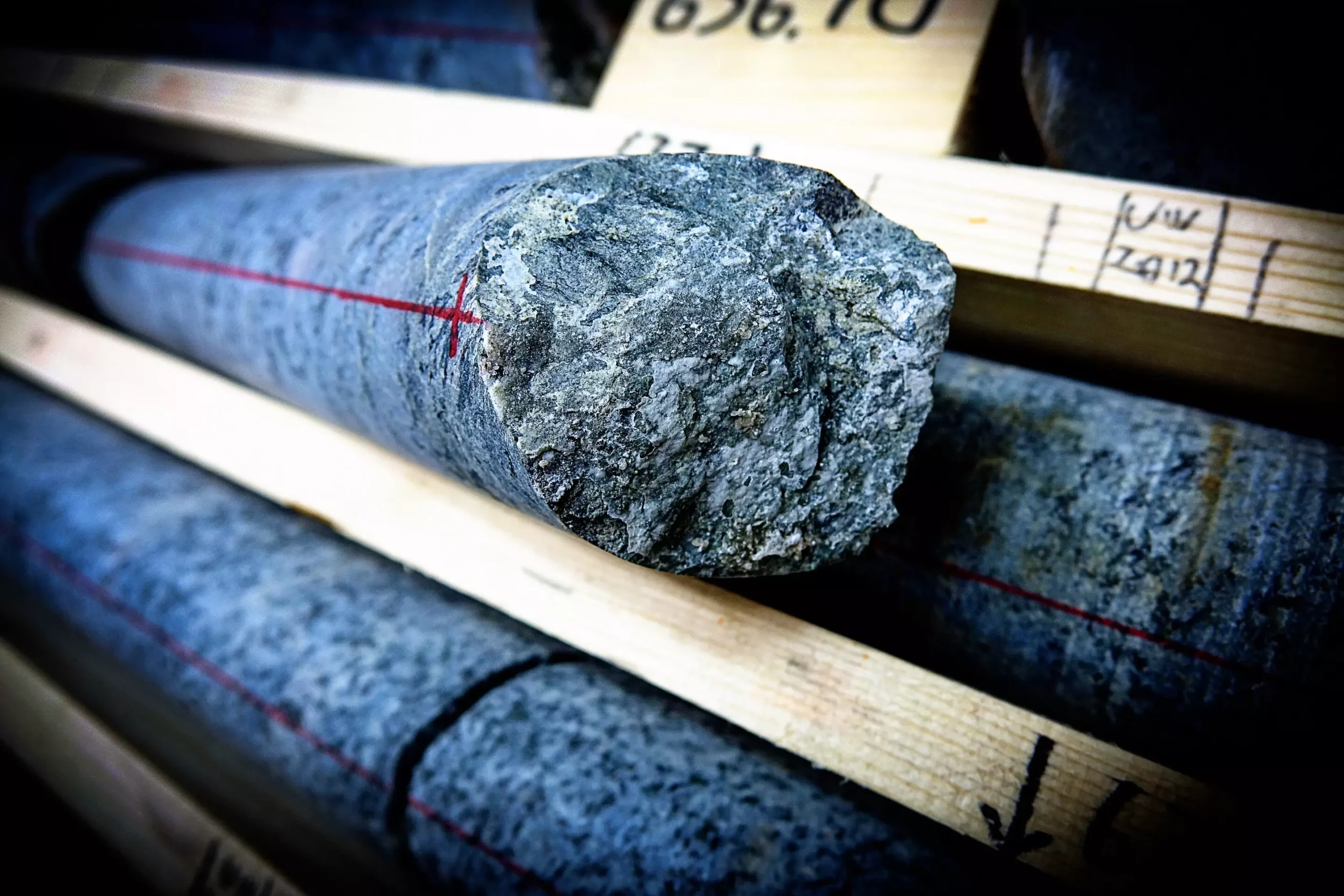A groundbreaking study published in the journal *Geochemistry, Geophysics, Geosystems* reveals fascinating insights into the life that thrived deep beneath the Greenlandic surface approximately 75 million years ago. This newfound understanding emphasizes the existence of microorganisms existing in extreme environments, primarily within the fractured bedrock. For decades, the depths of the Earth, known as the deep biosphere, have captivated scientists, but the extent and duration of life within these subterranean realms have remained largely enigmatic.
The deep biosphere is characterized by its inhospitable conditions, devoid of sunlight and dissolved oxygen, yet it harbors life forms that have adapted to such extreme environments over millions of years. These microorganisms inhabit a habitat where traditional methods of exploration have barely scratched the surface. The recent drilling endeavors in western Greenland mark a significant leap forward in our quest to understand this largely unexplored habitat. Researchers employed advanced techniques to investigate and sample minerals, thus unlocking ancient geochemical records and providing critical clues about the microbial life that once thrived there.
At depths reaching several hundred meters, scientists discovered minerals lining the fractures of the bedrock that serve as geochemical archives of life. The study employed high-resolution geochronology of calcium carbonate samples, focusing on the decay of uranium to lead to accurately date these minerals. This meticulous approach revealed that the rocks dated back to approximately 64 to 75 million years ago—an epoch coinciding with significant tectonic events that initiated the formation of the Atlantic Ocean and the Labrador Sea. This suggests a dynamic interplay between geological movements and microbial colonization, painting a complex picture of ancient ecosystems.
The findings indicate that the opening of deep fracture networks coincided with the arrival of various microorganisms, such as sulfate reducers. Essentially, the fragmentation and reshaping of Earth’s crust not only sculpted the landscape but also provided opportunities for life to arise and evolve in previously unreachable niches. Through examining the chemical fingerprints left behind, researchers infer the presence of microbial organisms that adapted to these rugged environments, demonstrating resilience in the face of extreme conditions.
In their analyses, the research team discovered biological remnants such as bacterial fatty acids preserved within calcium carbonate crystals. These findings underscore the remarkable preservation of ancient biological materials and their role in enhancing our understanding of Earth’s biosphere throughout history. Investigating sulfur isotopes in bedrock minerals further adds layers of complexity to our understanding of the ancient microbial life that thrived in such harsh conditions.
The implications of this research are far-reaching, providing a foundation for future investigations into Earth’s past biospheres and offering insights into the adaptability of life in extreme environments. This study not only broadens our understanding of microbial life in the deep biosphere but also paves the way for future explorations that might uncover more treasures hidden beneath Earth’s surface.


Leave a Reply